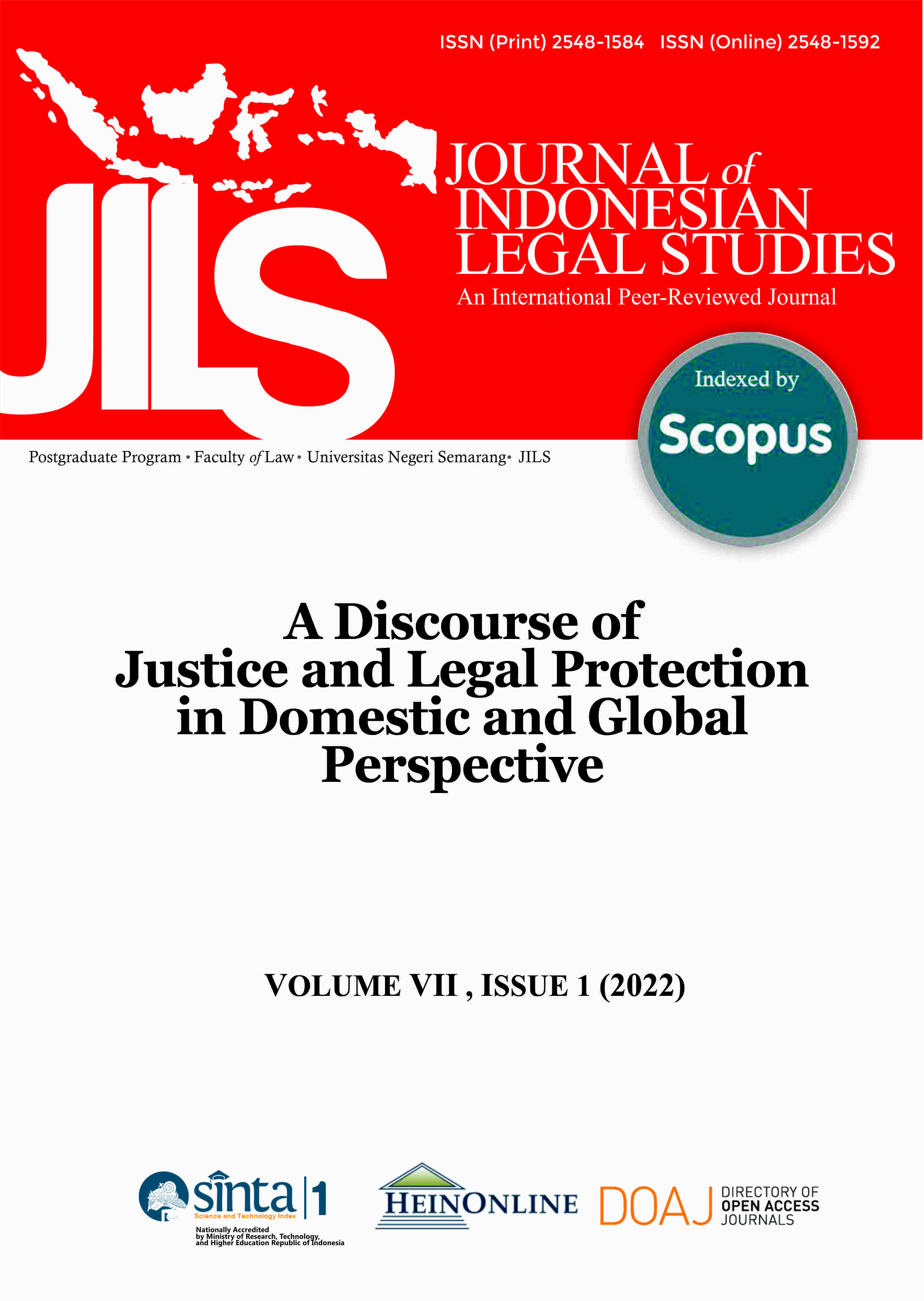Controversial Ideas about the State and Revolution, A Book Review “The State And Revolution” Vladimir Ilyich Lenin, Haymarket Books Chicago, 2014, 210 Pages, ISBN: 978-1-60846-498-2
Main Article Content
Abstract
The State and Revolution is a book that was born from Lenin's life experience as the father of Russian revolutionaries. The movement that gave birth to major changes in the future of Russia and the formation of a Soviet state with Marxism-Leninism. In his book, Vladimir Lenin divides the discussion into six chapters, each of which is divided into several sub-chapters. The method of writing the book uses a descriptive analysis pattern with a contextual approach. In fact, this book has a positive contribution to anti-bourgeois supporters, because of its ideas against bourgeoisie and Western capitalism. But this book is a negative ghost, for lovers of freedom and democracy. Because the true teachings of Leninism require authoritarianism and the absence of freedom for its citizens.
Article Details

This work is licensed under a Creative Commons Attribution-ShareAlike 4.0 International License.
All writings published in this journal are personal views of the authors and do not represent the views of this journal and the author's affiliated institutions. Author(s) retain copyrights under the licence of Creative Commons Attribution-ShareAlike 4.0 International (CC BY-SA 4.0).
References
Burbank, Jane. “Lenin and the Law in Revolutionary Russia.” Slavic Review 54, no. 1 (1995): 23–44. https://doi.org/10.2307/2501118.
Draper, H. Karl Marx’s Theory of Revolution. v 1. New York: Monthly Review Press (1977).
Engels, F. [Preface to the Fourth German Edition (1890) of the Manifesto of the Communist Party] in Karl Marx Frederick Engels Collected Works (hereafter MECW), v 27. Moscow: Progress Publishers. First written in 1890, (1990).
Galili, Ziva. “Women and the Russian revolution.” Dialectical Anthropology 15 (1990): 119-127.
Gregor, Richard. “Lenin, Revolution, and Foreign Policy.” International Journal 22, no. 4 (1967): 563–75. https://doi.org/10.2307/40200198.
Lane, David. V.I. Lenin’s Theory of Socialist Revolution. Critical Sociology. 2021, Vol. 47(3) 455–473. https://doi.org/10.1177/0896920520958451
Lenin, Vladimir Ilyich. The State and Revolution, Chicago: Haymarket Books (2014).
Marx, K. and Engels, F. Manifesto of the Communist Party in MECW v 6. Moscow, (1984).
Marx, K. Critique of the Gotha Programme in MECW, v 24. Moscow: Progress Publishers. First written in 1875, (1989).
Revolutionary Perspectives. Bukharin’s Review of Lenin’s ‘The State and Revolution. Magazine of the Communist Workers’ Organisation Affiliate of the Internationalist Communist Tendency. Series 4, No 11, Winter 2018.
Riley, A. Lenin and His Revolution: The First Totalitarian. Soc 56, 503–511 (2019). https://doi.org/10.1007/s12115-019-00405-1
Tiruneh, Gizachew. “Social Revolutions: Their Causes, Patterns, and Phases.” SAGE Open, (July 2014). https://doi.org/10.1177/2158244014548845.
Washbrook, Sarah. The Ambivalent Revolution: Forging State and Nation in Chiapas, 1910–1945. By Stephen E. Lewis (Albuquerque, University of New Mexico Press, 2005) 283 pp. $24.95. The Journal of Interdisciplinary History 2007; 37 (4): 664–666. doi: https://doi.org/10.1162/jinh.2007.37.4.664
Zhou, Xueguang, and Liren Hou. “Children of the Cultural Revolution: The State and the Life Course in the People’s Republic of China.” American Sociological Review 64, no. 1 (1999): 12–36. https://doi.org/10.2307/2657275.
